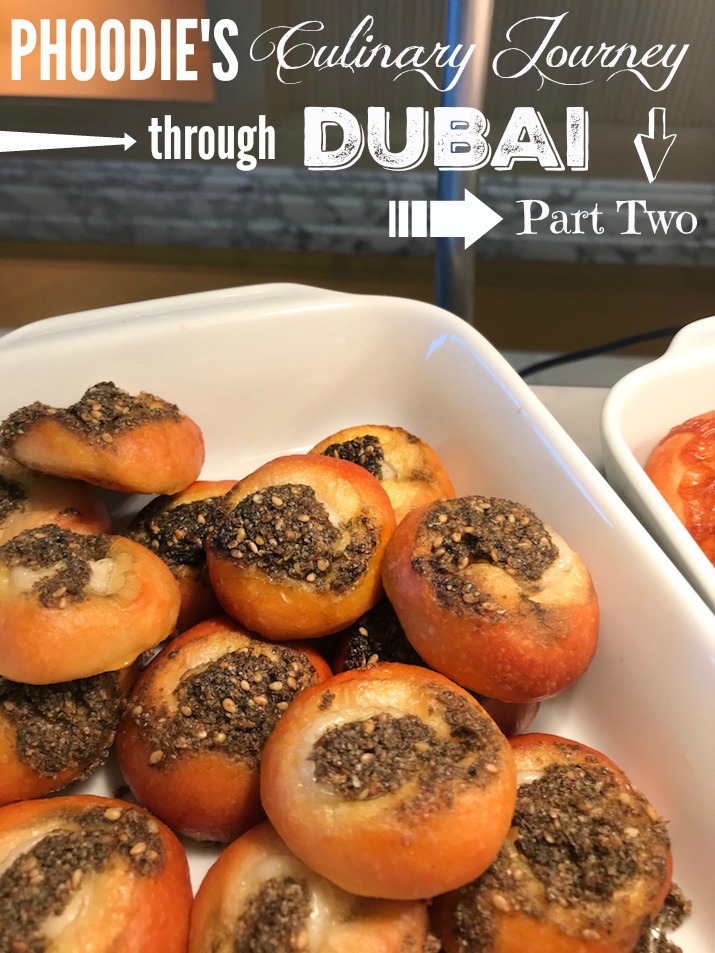
Scientists Make Major Progress in Vegan Seafood: 3D-Printed Calamari Rings Emulating the Genuine Article
In an important advancement for sustainable seafood options, researchers at the National University of Singapore have successfully tackled one of the most challenging aspects of plant-based food science—replicating the unique texture of calamari. Utilizing state-of-the-art 3D-printing technology, the research team has produced vegan calamari rings that possess the characteristic chewiness and elasticity of real squid, marking a promising direction for environmentally friendly food development.
A Textural Breakthrough in Plant-Based Seafood
For years, the market for plant-based meat has witnessed rapid growth, yet seafood alternatives have struggled to keep pace, mainly due to the difficulties in mimicking the intricate structure and nuanced flavor of marine proteins. Calamari, renowned for its distinct blend of tenderness and springiness, has presented a particularly intimidating technical challenge.
Now, thanks to the amalgamation of precise food printing and innovative ingredient formulation, a breakthrough has been achieved. By mixing mung bean protein isolate, pale microalgae, gellan gum, and canola oil into a paste, the team could layer and shape the mixture into ring-like forms using a food-safe 3D printer. These plant-based calamari rings were subsequently frozen, battered, and deep-fried—a process that not only maintained their ring shape but also created a satisfying texture almost indistinguishable from the original.
“This research highlights the potential of 3D printing to revolutionize sustainable plant proteins such as mung bean and microalgae into seafood analogs with similar textures,” stated Poornima Vijayan, the lead author of the study.
Precise Formulation: The Science Behind the Rings
This development follows previous research presented at the American Chemical Society’s annual meeting, where the team unveiled an early, air-fried version. Since then, improvements in both formulation and techniques have resulted in notable enhancements.
Lab analyses indicated that the most effective composition consists of:
– 1.5% gellan gum
– 2% canola oil
– 10% powdered microalgae
Microscopic imaging confirmed the team’s findings, uncovering a network of tiny internal voids—air pockets that provide the desired softness and chewiness akin to deep-fried squid.
Moreover, nutritional evaluations revealed that these plant-based rings have a higher protein content than traditional squid, with 19% protein compared to 14% in actual calamari—a plus for health-conscious consumers.
Sustainable Seafood for Tomorrow
In addition to advancements in food science, this innovation tackles critical environmental issues. Global seafood consumption has increased, putting stress on ocean ecosystems and promoting unsustainable fishing practices. Issues such as overfishing, habitat destruction, and the carbon footprint associated with commercial fishing are straining food systems worldwide.
“I believe that it’s likely the seafood supply could be significantly constrained in the future,” Vijayan remarked during a conference presentation. “We must prepare from an alternative protein perspective, especially in Singapore, where over 90% of fish is imported.”
Microalgae and mung bean protein—two essential components in the calamari substitute—were selected not only for their functional properties but also for their sustainability. Microalgae provides a mild oceanic taste and is abundant in omega-3 fatty acids and protein. Mung bean protein, utilized as a byproduct of cellophane noodle production, repurposes what would otherwise be agricultural waste.
3D Printing: A Revolutionary Tool for Food Technology
3D printing technology is pivotal in realizing this innovation. By depositing the edible paste layer by layer, the printer can recreate diverse textures within a single piece—something that was nearly unattainable using traditional food processing methods. Some layers can be fibrous and chewy, while others simulate richness or tenderness.
This paves the way for more intricate plant-based seafood products, from mock shrimp featuring a distinct “snap” to fish filets with flaky interiors.
What Lies Ahead: Commercialization and Consumer Insights
While the vegan calamari rings have yet to hit the market, the team’s next major objective is consumer testing. Gaining insights into taste preferences, mouthfeel, and visual attraction will be crucial before expanding production.
“Our forthcoming steps revolve around assessing consumer acceptance and scaling formulation for wider applications,” Vijayan shared.
Their ambition is for these realistic calamari substitutes to first appear in upscale dining establishments or specialty food shops, appealing to food enthusiasts and sustainability supporters alike. General availability in grocery stores may take a few years, but the technology is now well-positioned to expedite development across a range of plant-based seafood alternatives.
A Promising Future for Plant-Based Ocean Cuisine
This science-driven breakthrough signifies more than just an interesting culinary concept; it represents a move toward transforming the food system in a way that honors both planetary constraints and culinary heritage. For consumers yearning for seafood but worried about ocean health, plant-based calamari presents a way to “have their squid and eat it too”—without compromise.